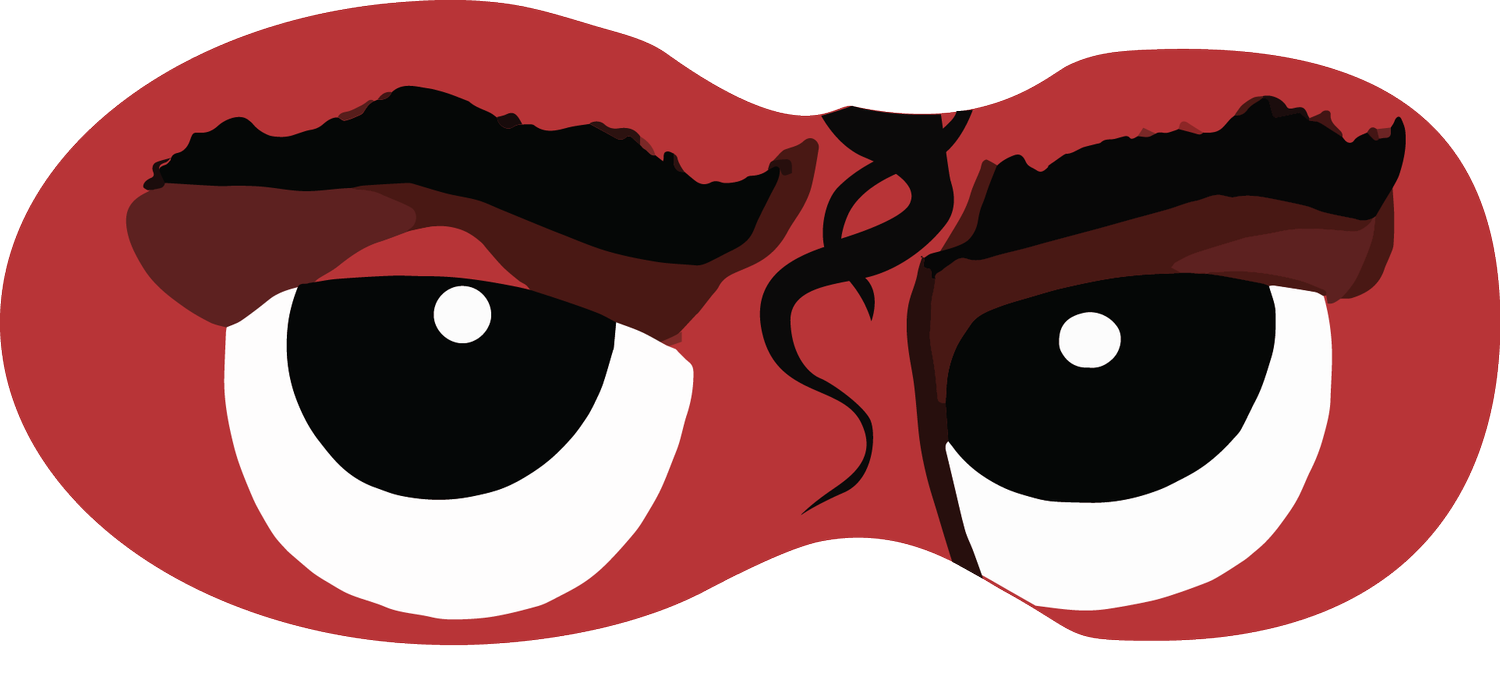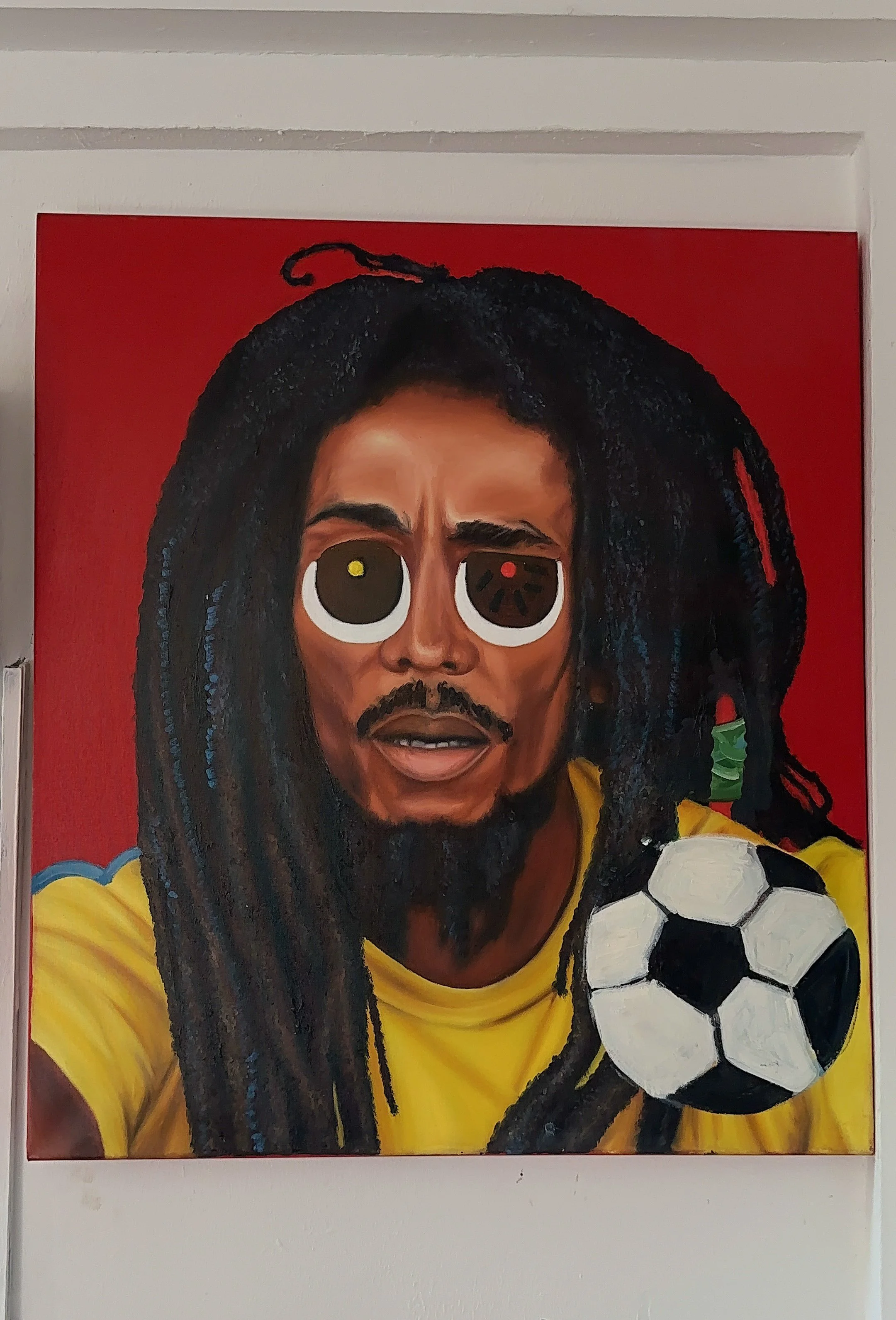Interesting Things About Bob Marley
I have two documentaries on my laptop I can’t bring myself to delete: Jiro Dreams of Sushi and Marley (2012). This is about the latter, Bob Marley, a man whose music reshaped my world.
Growing up, my world was rap and R&B, pulsing through our cramped apartment. But when I was thirteen, my older brother cranked up “Positive Vibration” on his battered speakers. The reggae rhythm hit me like a wave, soulful and defiant. I was transfixed. Who was this man? I delved into Bob Marley’s music, and from that moment, I was a lifelong fan.
In 2012, Marley revealed the man behind the music. I was stunned to learn his father was Caucasian, a detail that challenged my image of the Rasta icon preaching Black liberation. The documentary wove together his life: his rise from Trench Town to global stardom, his unyielding spirit, and the complexities that shaped him. It was a revelation, deepening my admiration.
But Marley’s love for football struck me most. Known for his marijuana use, he was equally passionate about the sport. Tragically, a seemingly minor toe injury from a game, stomped during a friendly match, set a devastating chain in motion. Diagnosed with melanoma, Marley declined amputation, rooted in his Rastafarian beliefs and stubborn hope. The cancer spread, claiming his life at just 36. The loss felt personal, a hero gone too soon.
Inspired, I collaborated with my friend, the artist Art of Arm, to create a painting honoring Bob. It’s a vibrant portrait, capturing his dreadlocks mid-sway, eyes alight with defiance and joy. It’s not the first tribute to Marley, hardly the 480,000th, but it’s ours, a way to immortalize the man who taught me music could be a revolution.
Long live Bob Marley.

